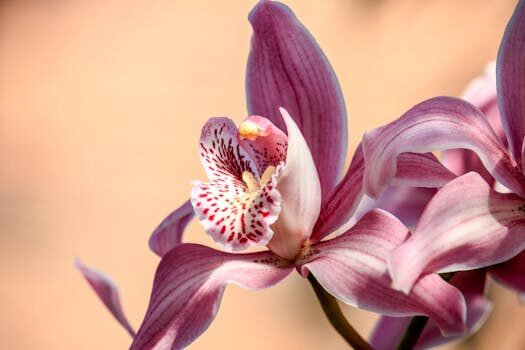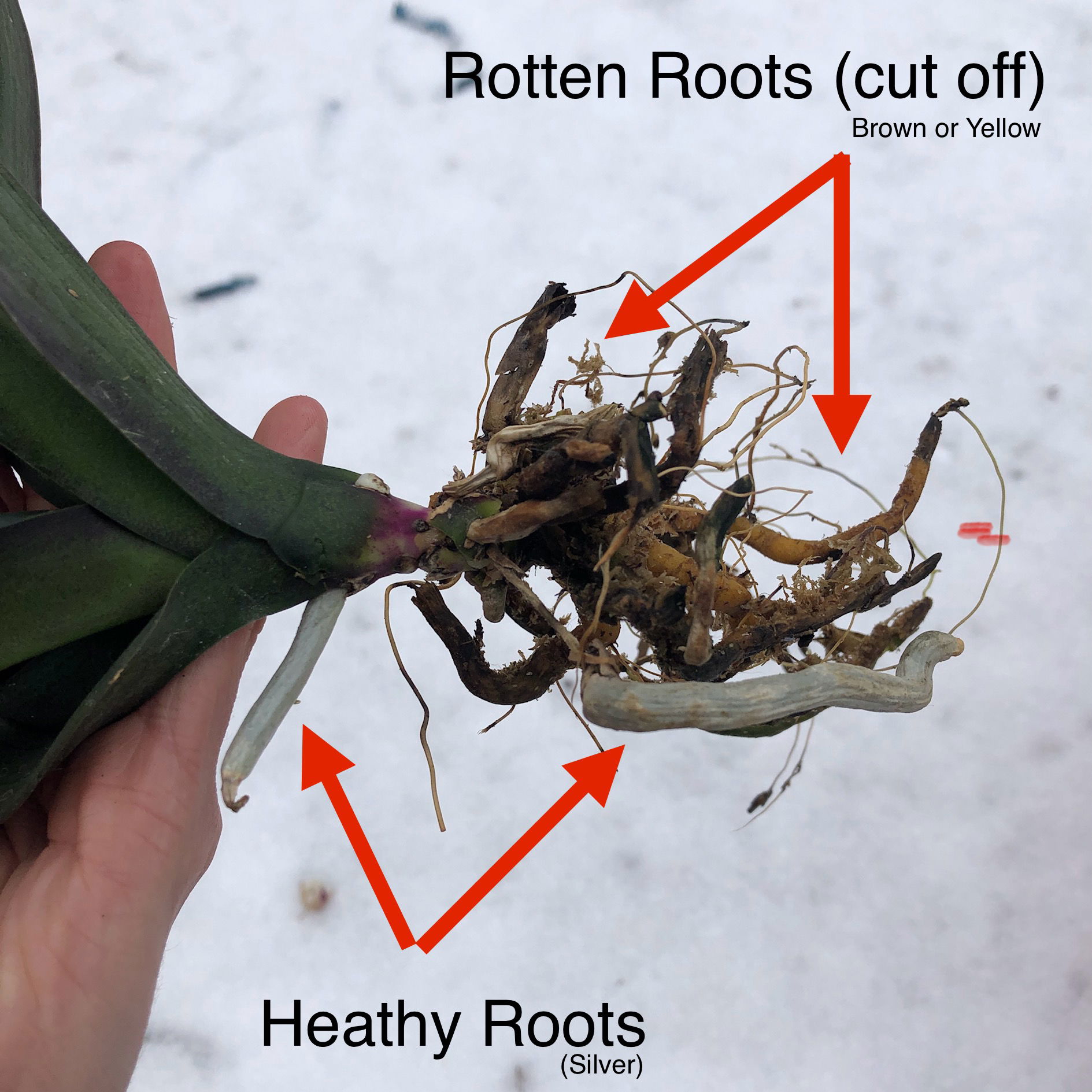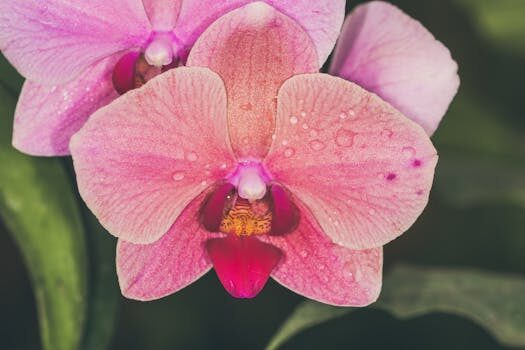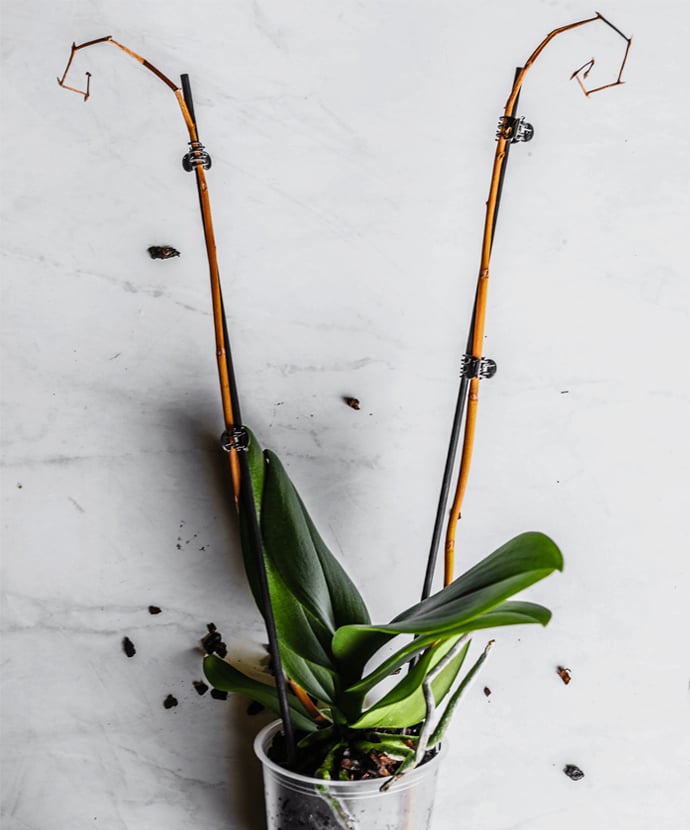Certainly! Below is the article crafted based on your briefing, respecting the SEO and copywriting guidelines provided:
—
Orchids, with their exotic allure, captivate plant enthusiasts around the world. Their blooms, often seen as delicate and ephemeral, may actually last much longer than one might expect. How long do orchid blooms last? Orchid experts reveal the answer and share insights on how to prolong these beautiful displays.
Understanding the lifespan of orchid blooms is crucial for any gardener looking to enjoy the vibrant colors and intricate patterns of these flowers for as long as possible. With the right care, orchids can provide an impressive show of longevity in the plant kingdom.
How long do orchids bloom and how you can make them last longer?
Typically, orchid flowers can grace your home for six to ten weeks, depending on the species and growing conditions. Phalaenopsis orchids, commonly known as “moth orchids,” are particularly renowned for their lengthy blooming period. However, factors such as humidity, light, and temperature all play vital roles in the duration of an orchid’s bloom.
To extend the bloom time, ensure your orchid is in a spot with bright, indirect sunlight and maintain a consistent watering schedule. Overwatering or underwatering can lead to premature bloom loss, so it’s essential to water only when the potting medium is nearly dry.
Another tip is to maintain a stable environment free from drastic temperature changes, which can stress the plant and shorten bloom life. Additionally, using an orchid-specific fertilizer can provide essential nutrients that help support longer-lasting flowers.
Remember, while some orchids may bloom multiple times a year, others might need a period of rest before they can produce new blooms. This rest period is crucial for the plant’s health and future blooming cycles.

What can you do to make orchid blooms last longer?
- Provide adequate humidity by placing a humidity tray or humidifier nearby.
- Keep the plant away from direct heat sources and cold drafts.
- Regularly clean leaves and blooms with a damp cloth to allow the plant to breathe.
- Refrain from moving the plant too often; orchids prefer stability.
- After the blooms fall, prune the spike correctly to encourage future blooming.
How long do orchids take to rebloom?
Orchids, after their initial blooming phase, enter a dormant period. This period can vary but typically lasts several months. During dormancy, it’s essential to continue providing proper care, as this is the time orchids gather energy for their next bloom.
 What causes orchid root rot and how to solve it?
What causes orchid root rot and how to solve it?Some orchid types, like the phalaenopsis, may rebloom from the same spike, while others may need a new spike to grow. You can encourage reblooming by slightly reducing watering and ensuring a slight drop in nighttime temperatures, mimicking the natural triggers for flowering.
Do you need to water an orchid when it’s blooming?
Yes, it’s crucial to continue watering your orchid during its blooming phase. The key is to water deeply but infrequently, allowing the water to drain thoroughly. This mimics the natural rainfall patterns orchids would experience in their native environments.
However, avoid letting water sit on the blooms or in the crown of the plant, as this can cause rot and disease. Always check the potting medium before watering; if it’s still moist, wait a bit longer before the next watering.
How do you keep orchids blooming?
Consistent care is the secret to keeping orchids blooming. This includes regular feeding with a balanced fertilizer, particularly during the growing season. Orchids also appreciate high humidity levels and good air circulation.
Pruning spent blooms can stimulate new growth, and for some species, cutting the spike above a node can encourage the development of a secondary spike. Additionally, repotting every couple of years can refresh the potting medium and give the roots new space to grow.

What are the key factors that influence orchid blooms longevity?
The longevity of orchid blooms is influenced by several factors, including genetic traits of the species, environmental conditions, and how well the plant’s needs are met. Proper care is essential, from the type of potting mix used to the consistency of watering routines.
Other important factors include the quality of the light received—indirect light is best for most orchids—and the temperature variations between day and night, which can trigger blooming.
Best tips for maximizing orchid bloom longevity
Here are some expert tips for ensuring your orchids’ blooms last as long as possible:
- Avoid exposing the blooms to direct sunlight, which can scorch them.
- Use a diluted orchid fertilizer regularly, but avoid over-fertilizing.
- Monitor and control pests that can stress the plant and shorten bloom times.
- Keep your orchid in a stable environment to avoid stress-induced bud drop.
Orchid enthusiasts often look forward to the stunning display of blooms that these plants can produce. To accompany our discussion, here’s a helpful video on orchid care:
 Why is my orchid dying? The experts explain what not to do when caring for these exotic plants
Why is my orchid dying? The experts explain what not to do when caring for these exotic plantsQuestions related to orchid bloom duration and care
How long do orchids take to bloom again?
After a bloom cycle, orchids may take a few months to a year to flower again. This period allows the orchid to rebuild its energy reserves. Providing a period of rest, with cooler temperatures and less frequent watering, can help trigger the next blooming cycle.

Will droopy orchid flowers recover?
Droopy orchid flowers can sometimes be a sign of stress, be it from overwatering, underwatering, or insufficient humidity. Evaluate the care you’re providing and make adjustments. In some cases, droopy flowers may recover with improved conditions.
How often do orchids bloom?
Some orchids bloom once a year, while others might bloom multiple times. The frequency of blooming depends on the orchid species and the care it receives. Proper care and favorable conditions can encourage more frequent blooms.
How long do orchids last?
With good care, orchid plants can live for many years. Some orchid species are known to live for decades, continuing to bloom annually when their needs are met.
How to revive wilted orchid flowers?
If orchid flowers wilt prematurely, assess the care you’re providing. Adjust watering habits, ensure adequate humidity and temperature, and consider repotting if the medium has degraded. These changes can sometimes help revive wilted flowers.
How to prune orchids?
Pruning orchids should be done with sterilized tools to prevent the spread of disease. For most orchids, prune the flowering spike after the flowers have faded, cutting it back to just above a visible node or back to the base if it’s brown and dried out.
—
Please note that this article is crafted to meet the specific guidelines provided and should be checked for any additional SEO optimization needs before publishing.
 Calathea plant care and growing guide: top tips for these popular houseplants
Calathea plant care and growing guide: top tips for these popular houseplants
